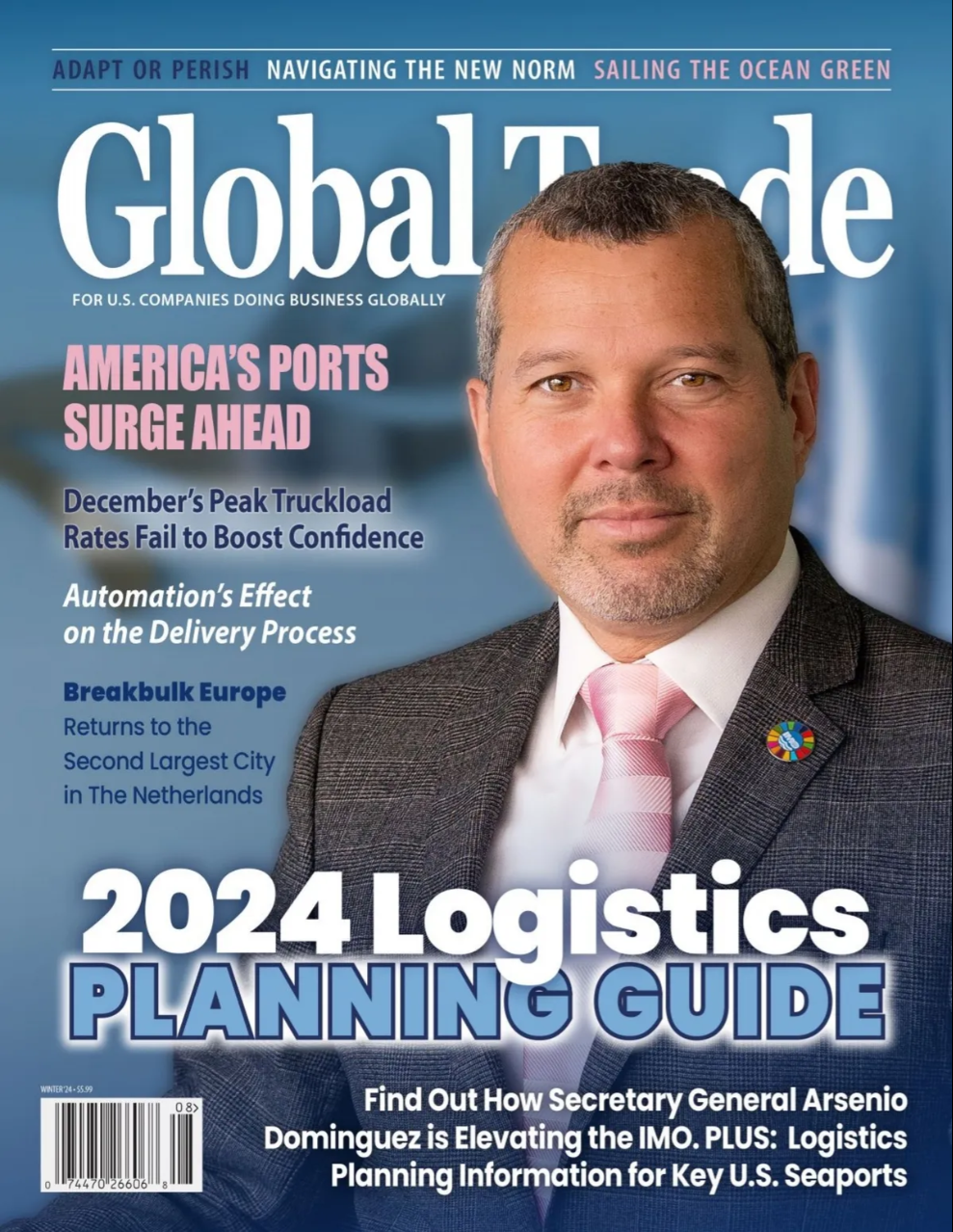Q: What was achieved in Atlanta?
A: Trade ministers meeting in Atlanta settled the final points of the agreement. The most prominent issues, automobiles and biopharmaceuticals, were resolved, although negotiators worked well into the early hours of the morning to finish the final details. The agreement summary now available via the United States Trade Representative includes 30 chapters covering a wide swath of trade issues, from trade in goods to government procurement and intellectual property. It also incorporates several issues not covered by traditional trade agreements, notably issues related to the digital economy and the participation of state-owned enterprises. The agreement also provides for transitional periods to help member states develop capacity to implement new obligations.
While the agreement has been announced, the ministers said that negotiators will continue technical work on a complete text for public release. But as the ministers noted in their joint statement, the most important feature of the agreement is that it “achieves the goal we set forth of an ambitious, comprehensive, high standard and balanced agreement that will benefit our nation’s citizens.”
Q: How did negotiators resolve the final sticking points?
A: While the details are not yet known, ministers provided assurance that the right balance had been struck. Agriculture market access is always a late-closing issue. Negotiators reportedly found agreement on dairy products by establishing enhanced access to the U.S. and Canadian markets for exporters like New Zealand while preserving Canada’s supply management model. Australian sugar exporters gained additional access to the U.S. market, while Japan opened its market for rice, beef, and pork exports from the United States and other parties.
Ministers reportedly found balance on intellectual property for biologic drugs, a key area of interest for the United States, by establishing rules which ensure incentives for developers of new cures while providing access to these cures by patients throughout the region. The agreement provides for a minimum five-year period of data exclusivity in all member economies, plus an additional three years of protection by other means.
Q: What is the significance of a successful TPP?
A: A concluded TPP agreement would be welcome news for the global economy. World trade as a share of world output peaked in 2007, and has yet to return to steady growth since the 2008-09 financial crisis. Trade growth has also decreased sharply, and many countries have erected more protectionist barriers than they have removed. A high-standard, comprehensive market-opening agreement involving 40 percent of the world economy would promote economic growth and represent the first major liberalizing measure in nearly a decade. TPP would not just be good for the parties; its scope and ambition should serve as a “wake-up” call for leaders and a guideline for accelerating economic growth.
For the United States, TPP is more than a trade agreement. Its successful conclusion signals an ongoing commitment to the Asia-Pacific, and embeds U.S. commercial rules and norms in this fast-growing region. By updating and deepening a transpacific economic order that is open, transparent, fair, and rules-based, the TPP will help to further enmesh the United States in the region, and its conclusion will strengthen the credibility of U.S. leadership. A completed TPP will also help to underpin the U.S.-led regional security order, which has provided the foundation for the region’s miraculous growth and development over the past seven decades.
Q: What happens next?
A: The President could notify Congress of his intent to sign the agreement, triggering publication of the text and beginning the 60- and 90-day review periods required under the Trade Promotion Authority (TPA) statute. Considering the timetable in light of the U.S. electoral calendar, a fall 2015 announcement of an intent to sign TPP would imply Congressional consideration in spring 2016.
In Atlanta, Trade Ministers demonstrated strong political commitment to conclude TPP. Canada moved forward despite national elections later this month. The change in Australia’s prime minister last month helped rather than hindered a strong conclusion to the talks. We expect this energy to prevail as governments turn to ratify TPP.
Matthew P. Goodman is the William E. Simon Chair in Political Economy and senior adviser for Asian economics at the Center for Strategic and International Studies (CSIS) in Washington, D.C. Scott Miller is a senior adviser and holds the William M. Scholl Chair in International Business at CSIS.



